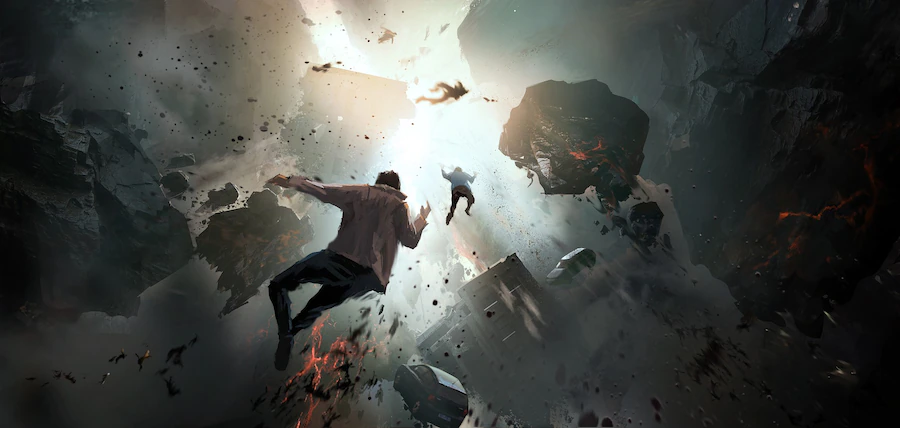What is Game Animation
You might think of game animation as a method or process for creating the appearance of motion and transformation by quickly presenting a series of images that barely differ from one another. Like a Flip Book.
Animators are technically trained individuals that specialize in generating animation. They are creative individuals with these particular talents. These animations can take the shape of analog media, such as flip books, animated movies, videos, and GIFs, as well as digital media, such as animated Flash files, videos, and animated GIFs.
The techniques used to create animation include stop-motion animation, which can be done with 2D or 3D objects, paper cutouts, clay figures, and other traditional techniques. The rapid evolution of images is displayed, generally at 24, 25, 30, or 60 frames per second.
While using computer-generated graphics, computer animation creates animated pictures (CGI). While 2D animation concentrates on aesthetics, low bandwidth, and speedier real-time rendering capabilities, 3D animation requires computer graphics.
Graphics software is used to create animation effects in the gaming industry. An animated gif picture, which is frequently used on web pages, can be used for basic animation. When you have to animate a duplicate of a human or alien face for a computer game or an animation of a space conflict, animation becomes complicated.
The 06 Basic Principles of Animation in Video Games
If the fundamentals are overlooked, your animation will be unconvincing and appear mechanical. Some basic 6 principles of animation in the video game are given below:
Stretch and compress
An item gains weight and plausibility through stretching and squashing. Think about the movement of a rubber ball on the ground. When it falls to the ground, it crunches, and when it rises, it stretches. On the other hand, a metal ball would hardly squish or stretch. This is how you give your animation weight.
Anticipation
Anticipation, one of the most underappreciated animation principles, is crucial for giving animations a feeling of context. You must set up your body in a moveable position before getting out of a chair. To stand up without using your arms to propel your body up would not be natural. Because of this, anticipation is crucial.
In and out quickly
Imagine the pendulum of a clock swinging. It takes a little time to pick up speed on each side. The swing would naturally slow down on each side and be fastest in the middle. The fundamental idea of easing in and out is this. Movement appears more natural as a result.
Timing
Depending on the movement required, a given motion may require a different number of drawings. While slow, complex movements require more sketching, fast movements require less. Timing will give your characters’ and objects’ movements credibility.
Exaggeration
This one has not been utilized at all. Contrarily, it gives the game a cartoonish sense that doesn’t quite fit the overall design. For instance, the lamp bounces a little amount as it falls to its doom. When animating the bounce, I kept in mind this idea. However, dramatization made it seem ridiculous, so I animated it more naturally.
Solid Diagram
A good animator needs good drawing techniques to animate well. The solid drawing indicates that the animator is aware of the object’s proportions in three dimensions. Weight, depth, and volume can all be transmitted to the required movement.

